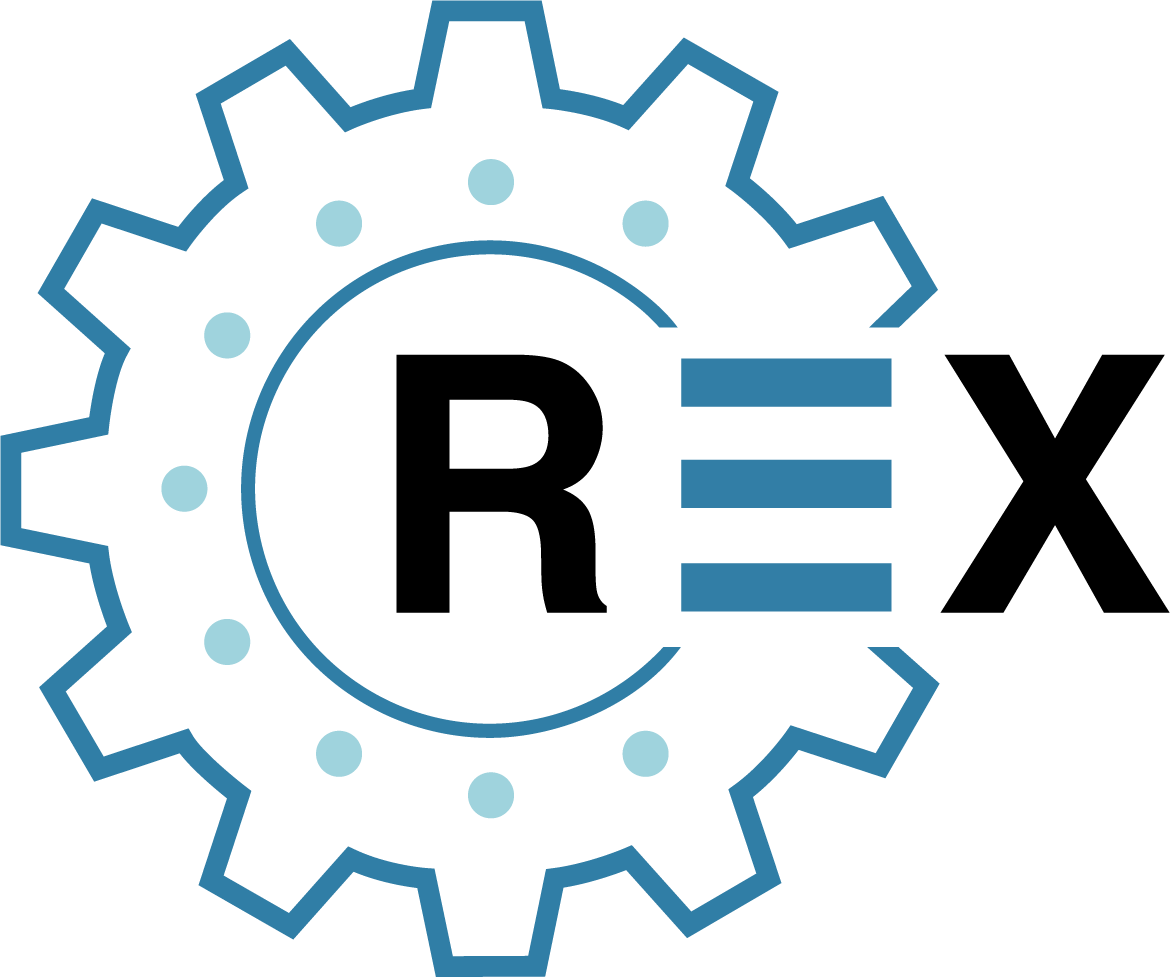EXAMPLES:
Smart Systems
Smart System is interdisciplinary technology that focuses on intelligent system engineering and management. At its core, the system utilizes "system thinking," including artificial intelligence, machine learning, and a large body of knowledge, to predict the outcome of a complex system and work synergistically with its human counterparts. This lead to safe, efficient, and sustainable working environments.
Intelligent systems could break down complex operations into their tasks, then find the optimum solutions by evaluating their cost-benefits or risk-reward, including the safety and wellbeing of the human operators, and integrate the various aspects of the operations as a whole.
Smart Systems, unlike traditional operations, continue to learn and improve as it monitors their feedback. Through our Smart Sensor and Smart Networks, continue to gather data and relevant information, identify the most pertinent issues, and recommend solutions that yield the highest impact on the overall operations.
Our systems balance intelligence at the edge and centralized processing without being constrained by the form. Just as human body subsystems are organized to thrive, our systems synthesize multiple technologies into one thriving, cohesive entity. We manage complex interfaces and mission-critical exchanges among various energy sources and sensory devices via our network architecture to facilitate rapid decision-making. Our architecture is agnostic; the local and general are embedded within one another, fusing machine learning, AI, analytics, cognitive context, and deep learning structures to respond to rapidly changing opportunities autonomously. As innovation is vital, we create cross-functional, dynamic, resilient, synergistic, yet unified systems. We are striving for seamless integration and redefining system connectivity.
Gateway can be placed on on any or all of of the three phases of the low voltage side (80 to 305VAC between phase and neutral) of the building or city power grid.
Additional gateways can be placed downstream of interior distribution transformers. This is typical in large buildings where a single medium voltage feeder is used to feed MV-LV transformers placed in various locations in the large site.
Each gateway can support up to 255 nodes per network (or sub-net if multiple gateways are used in a building with multiple MV-LV transformers.
Each node can be hundreds of feet away from the next node and still maintain network connectivity.
About BESST
Transformational strategies based on Artificial Intelligence to balance ecological sustainability and smart technology toward better future.










